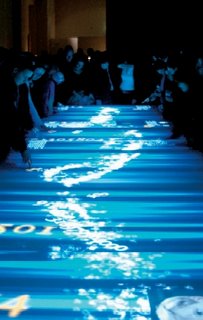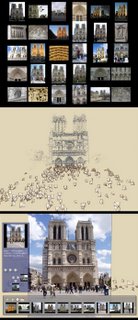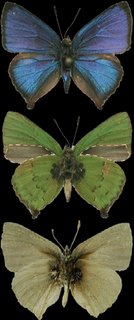Special issue on 3D acquisition technology for cultural heritage
 Machine Vision and Applications has recently published a special issue on 3D acquisition for cultural heritage edited by Luc Van Gool and Robert Sablatnig.
Machine Vision and Applications has recently published a special issue on 3D acquisition for cultural heritage edited by Luc Van Gool and Robert Sablatnig.
Table of Contents:
- Three-dimensional acquisition of large and detailed cultural heritage objects
- Gabriele Guidi, Bernard Frischer, Michele Russo, Alessandro Spinetti, Luca Carosso, and Laura Loredana Micoli
- Petroglyph digitization: enabling cultural heritage scholarship
- George V. Landon and W. Brent Seales
- A System for 3D Modeling Frescoed Historical Buildings with Multispectral Texture
- N. Brusco, S. Capeleto, M. Fedel, A. Paviotti, L. Poletto, G. M. Cortelazzo, and G. Tondello
- Recent Developments in 3D Multi-modal Laser Imaging Applied to Cultural Heritage
- François Blais and J. Angelo Beraldin
- Web-based 3D Reconstruction Service
- Maarten Vergauwen and Luc Van Gool







